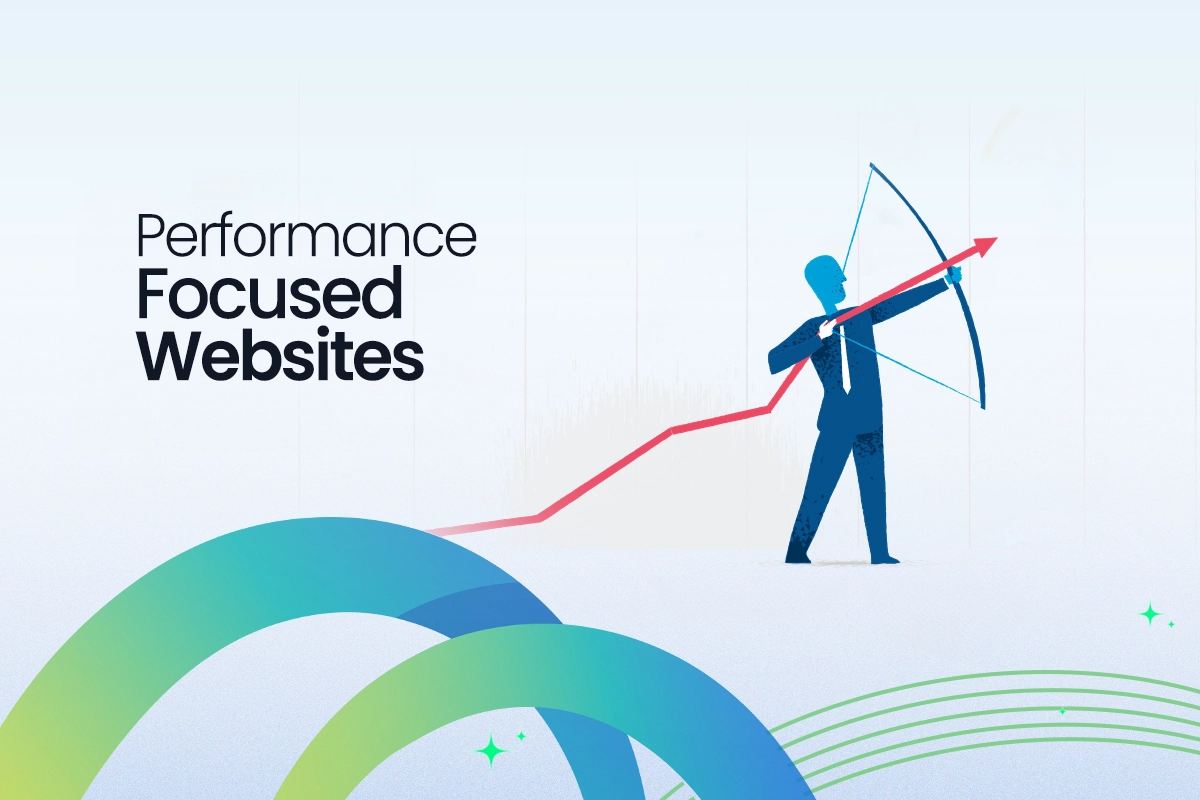A website serves as the cornerstone of your online presence. Whether you’re a small business, an entrepreneur, or an individual looking to share your passions with the world, the design of your website plays a crucial role in shaping how visitors perceive and interact with your brand. From establishing credibility to driving conversions, a well-designed website can make all the difference. In this comprehensive guide, we’ll explore the essential elements of website design and provide actionable tips to help you create a compelling online presence that captivates your audience and achieves your goals.
Define Your Objectives
- Before embarking on the design journey, it’s essential to define your objectives. What do you hope to achieve with your website? Are you looking to showcase your products or services, generate leads, sell products online, or simply share your expertise with the world? By clarifying your goals from the outset, you can tailor your design approach to align with your overarching objectives.
Know Your Audience
- Understanding your target audience is key to creating a website that resonates with your visitors. Conduct thorough market research to identify your audience’s demographics, preferences, and pain points. What are their needs, desires, and challenges? By gaining insights into your audience’s mindset, you can tailor your website design to address their specific needs and provide a seamless user experience.
Craft a Compelling Visual Identity
- Your website’s visual identity plays a significant role in shaping visitors’ perceptions of your brand. From color palettes and typography to imagery and graphic elements, every design choice should reflect your brand’s personality and values. Invest in professional design assets, such as a logo and brand guidelines, to ensure consistency across all touchpoints and establish a strong visual identity that resonates with your audience.
Prioritize User Experience (UX)
- User experience (UX) is paramount in website design. Your website should be intuitive, easy to navigate, and accessible across devices and screen sizes. Invest in user research and usability testing to identify pain points and optimize the user journey. From clear navigation menus to fast-loading pages, every aspect of your website should be designed with the user in mind to enhance usability and keep visitors engaged.
Optimize for Performance
- In today’s fast-paced digital landscape, users expect websites to load quickly and perform seamlessly. Optimize your website’s performance by minimizing page load times, optimizing images, and leveraging browser caching. Ensure your website is responsive and mobile-friendly to provide a consistent experience across all devices. By prioritizing performance, you can improve user satisfaction and reduce bounce rates, ultimately driving more conversions.
Create Compelling Content
- Content is king in the digital world, and your website should be no exception. Invest in high-quality, engaging content that informs, educates, and entertains your audience. From compelling copy and informative blog posts to captivating visuals and multimedia content, every piece of content should add value and reinforce your brand message. Remember to optimize your content for search engines to improve visibility and attract organic traffic to your website.
Implement Effective Calls to Action (CTAs):
- Calls to action (CTAs) are essential for guiding visitors towards desired actions, such as making a purchase, subscribing to a newsletter, or contacting your business. Design clear and compelling CTAs that stand out on your website and use persuasive language to encourage conversions. Place CTAs strategically throughout your website, ensuring they align with your overall objectives and user journey.
Ensure Security and Compliance:
- Website security and compliance are non-negotiables in today’s digital landscape. Protect your website and user data by implementing robust security measures, such as SSL encryption, regular software updates, and strong password policies. Ensure compliance with data protection regulations, such as GDPR or CCPA, by obtaining user consent for data collection and processing. Display trust indicators, such as security badges and privacy policies, to reassure visitors about the safety of their information.
Optimize for Search Engines (SEO):
Search engine optimization (SEO) is essential for improving your website’s visibility and driving organic traffic, especially when working with a website development company. Conduct keyword research to identify relevant search terms related to your industry and location, optimizing your website’s content, meta tags, and URL structures accordingly. Building high-quality backlinks and creating shareable content further boosts your website’s authority and relevance in search engine rankings. Regularly monitoring your website’s performance and making adjustments to your SEO strategy will help you stay ahead of the competition and maximize your online presence.
Regularly Monitor and Iterate:
- Website design is an iterative process, and it’s essential to regularly monitor your website’s performance and user feedback to identify areas for improvement. Analyze website analytics data to track key metrics, such as traffic, engagement, and conversions. Solicit feedback from users through surveys, interviews, and usability testing to gain insights into their preferences and pain points. Use this data to inform future design decisions and continuously optimize your website for maximum impact.
In conclusion, website design is a multifaceted endeavor that requires careful planning, creativity, and attention to detail. By following these ten key principles and implementing best practices, whether through outsourcing or in-house efforts, you can create a compelling online presence that captivates your audience, drives conversions, and achieves your business objectives. Remember, your website is often the first point of contact between your brand and potential customers, so make it count!
Frequently Asked Questions (FAQ)
Why is website design important?
Website design is crucial because it directly impacts how visitors perceive your brand, navigate your site, and interact with your content. A well-designed website can enhance user experience, increase engagement, and drive conversions.
What are the key elements of website design?
Key elements of website design include layout, color scheme, typography, imagery, navigation, and functionality. Each element plays a role in creating a cohesive and visually appealing user experience.
How do I choose the right website design for my business?
Choosing the right website design involves understanding your brand identity, target audience, and business objectives. Consider factors such as aesthetics, usability, and functionality to ensure your website design aligns with your overall goals.
What is responsive web design, and why is it important?
Responsive web design is an approach that ensures your website adapts and displays seamlessly across various devices and screen sizes, such as desktops, laptops, tablets, and smartphones. It’s important because it enhances user experience and accessibility, regardless of the device being used.
What role does user experience (UX) play in website design?
User experience (UX) encompasses the overall experience users have when interacting with your website. A positive UX is essential for keeping visitors engaged, reducing bounce rates, and ultimately achieving your website’s objectives.







